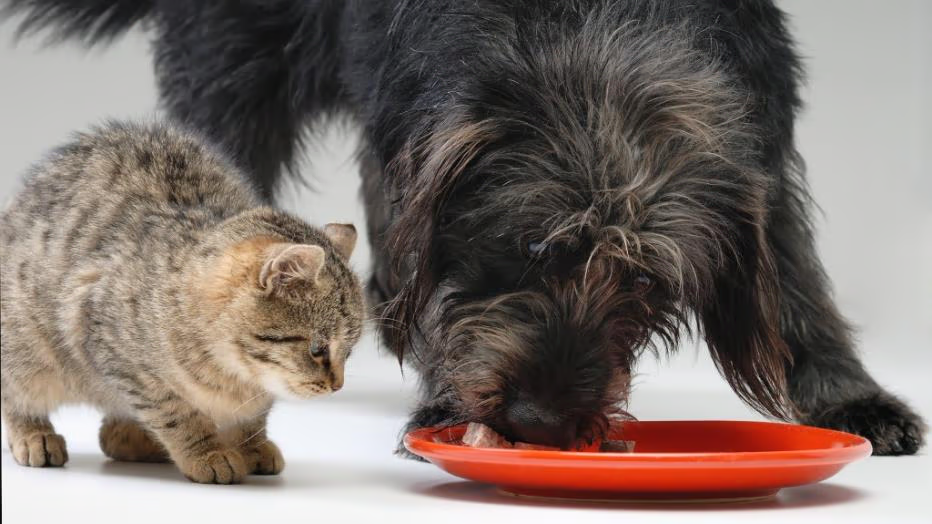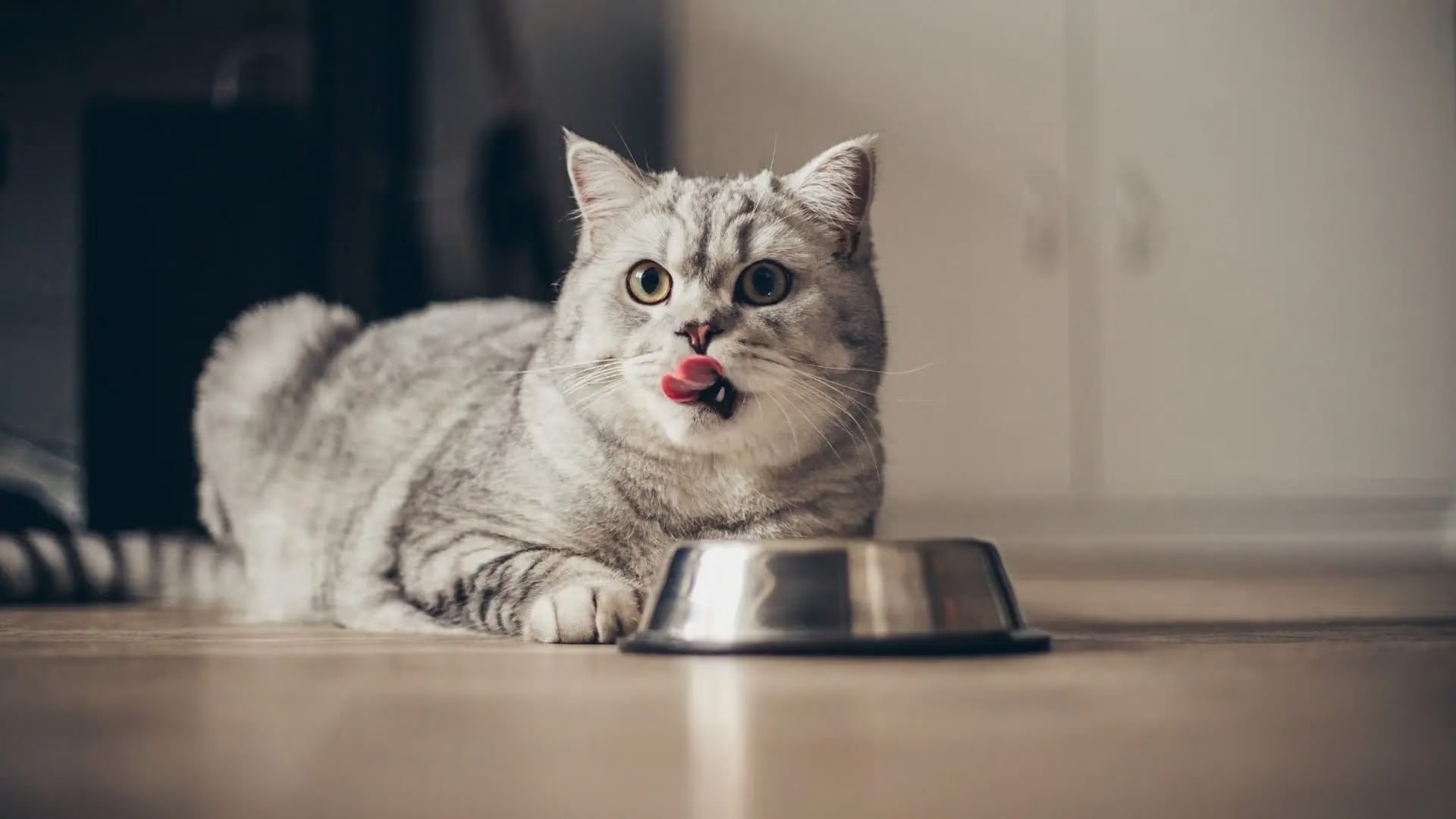The Association of American Feed Control Officials (AAFCO) has published minimum requirements for each of the 12 essential mineral for dogs and cats. Currently, AAFCO nutrient profiles only set maximum amounts for iodine for cats and iodine, calcium, phosphorus, and selenium for dogs.
Minerals in pet foods come from the main ingredients – liver is a good source of copper and iron, bone meal is a good source of calcium and phosphorus, and potatoes are high in potassium – or can be added as concentrated supplements if they are not in high enough amounts in other ingredients to meet the AAFCO minimum requirements.
Minerals that come from pet food's main ingredients
The minerals that come into the diet from the main ingredients like meats are often called 'organic' or chelated minerals. This has nothing to do with the definition of organic we usually think about for pet or human foods, but instead is the definition of 'organic' based on chemistry – it means that these minerals are chemically bound to proteins and other biological molecules. Similarly, the term 'chelated' means 'attached to a biological molecule'.
Supplemental minerals
Concentrated mineral supplements added to pet foods can be lab-created chelated versions or they can be the mineral as it is found outside the body in nature – as an 'inorganic' mineral. Copper sulfate, potassium chloride, and sodium chloride (table salt) are examples of inorganic minerals used in pet foods.
Commercially-made chelated minerals are a newer ingredient in the human and pet food chain. An example of a chelated mineral ingredient in a pet food is 'zinc proteinate', which is zinc attached to a small piece of protein.
Because they more closely resemble the minerals that come in with other pet food ingredients, chelated minerals can sometimes have higher absorption by the dog or cat – so less of the chelated mineral may be needed than the inorganic mineral to result in the same effect in the body. Many 'premium' pet foods use chelated minerals in place of inorganic ones and market them as being better, healthier options than inorganic minerals.
Which types of minerals are the best?
The truth is that chelated minerals are not always more easily absorbed by pets and even when they are, greater absorption is not always a good thing. The majority of the research over the past decades that has developed safe minimum and maximum levels of minerals for pets such as those in the AAFCO nutrient profiles, has used inorganic minerals, not chelated minerals.
Therefore, substituting a chelated mineral at the same amount as an inorganic mineral could increase the risk of toxicity and adverse health effects. We need new studies that look at the minimum and maximum doses of chelated minerals for healthy pets and those with certain disease conditions to help ensure that if chelated minerals are included in a diet, they only benefit the pet, not potentially cause harm.
Generally speaking, chelated minerals probably have the most potential for pets with known digestive issues that could reduce their ability to absorb nutrients from their food, or when used as supplements for pets with confirmed mineral deficiencies. For pets at risk of excessive minerals, like pets with copper storage disease or bladder stones, diets that use inorganic sources might be preferable. Always talk to your pet's veterinarian if you have questions about your pet's mineral needs before adding a supplement!
Bottom Line
For the majority of pets, the type of minerals in the food probably doesn't matter as long as the diet you choose is high quality and 'complete and balanced'. Based on our current knowledge, it is unlikely to be worth it to pay more for a diet with chelated minerals for the average healthy pet. Always talk to your veterinarian before adding any mineral supplements to your pet's diet.
by Cailin R. Heinze, VMD, MS, DACVIM (Nutrition)
You could be interested: Analysis: How Avian Flu Cases in Domestic Cats Can Impact the Manufacturing Industry






































